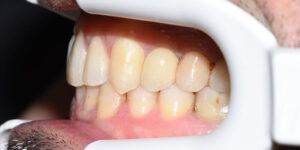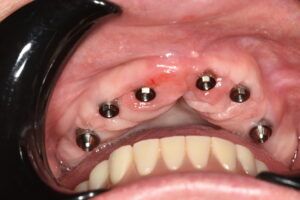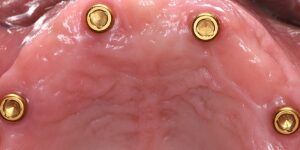In line with its constant commitment to seek out the best prosthetic solutions, AVINENT has designed and created new sintered hybrid structures with titanium. Previously unknown in the sphere of CAD-CAM prosthetic restoration, this product was developed by the R&D Department using the latest 3D printing technologies with titanium and advanced software.
AVINENT’s experience in 3D printing and CAD-CAM technology and the backgrounds of its professionals have helped it to develop this innovative solution that uses two different designs: one for restorations with acrylic and resin dentures and the other for composite restorations.
According to Albert Mangas, AVINENT’S Product Manager, the design of the sintered hybrid structures “uses a lattice mesh architecture to obtain a light product and to improve retention of the resin. This gives the laboratory new possibilities for the finish of its structures.” Some of the most prominent features of AVINENT’S new sintered hybrid structures include the machining of its connection and screw set and the fully polished finish of the base area in one of its designs.
3D printing with titanium, a process within few companies’ reach
Of all the materials used in prosthetic restoration, titanium (Ti6Al4V Grade 5) is one of the most biocompatible. Thanks to its highly advanced machinery, AVINENT is one of the few milling centers that can manufacture solutions of this caliber and with this level of accuracy using titanium. This material ensures optimum biological behavior for the proper shaping of soft tissues, while also being much tougher and more resistant in relation to its weight than other materials like cobalt chromium (CoCr), which is much heavier. This makes it ideal for these kinds of complex restorations.
3D printing with titanium can achieve a roughness in the structures that, combined with their lattice design, makes several aspects of working with the prosthesis easier, like loading resin and/or inserting acrylic dentures. This design and roughness help to achieve pieces with better retention and fixation to prevent the acrylic dentures from becoming detached.
With its presentation of this new product, which is still in the beta phase, AVINENT once again proves its commitment to the future of the dentistry sector. By improving and expanding the market’s current possibilities for complex CAD-CAM restorations, the company aims to help clinics and laboratories alike in their daily work, with a positive impact on patients’ health.






